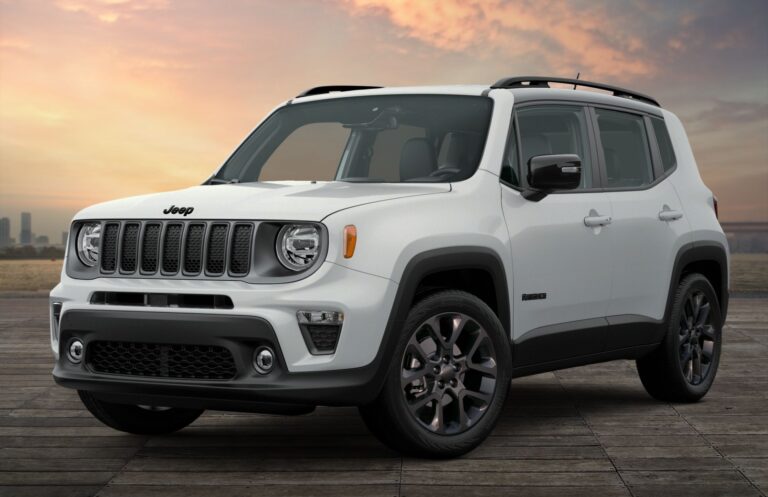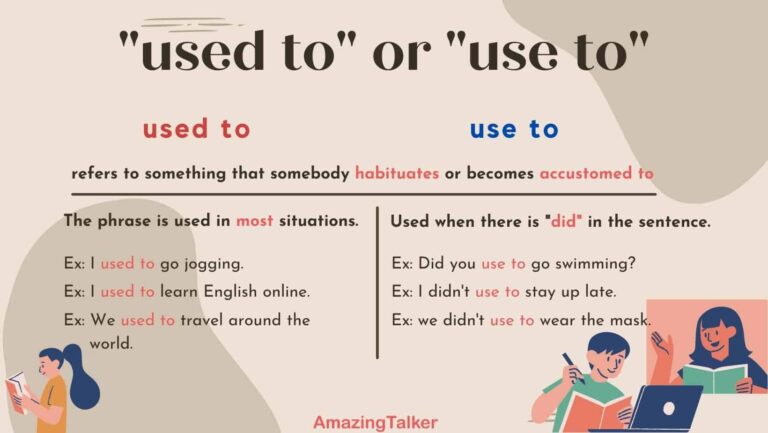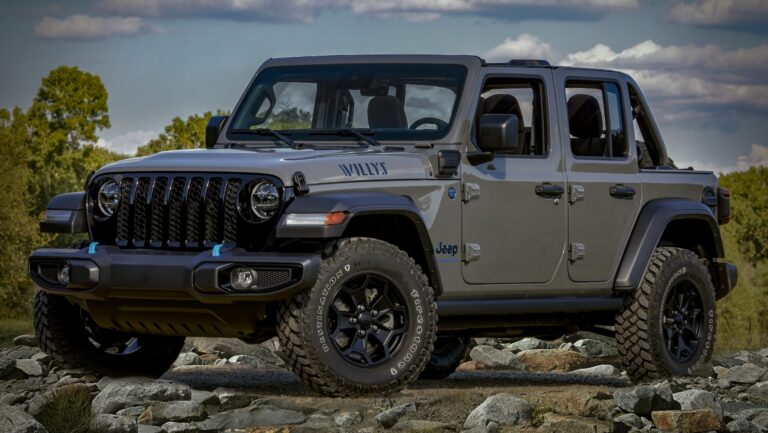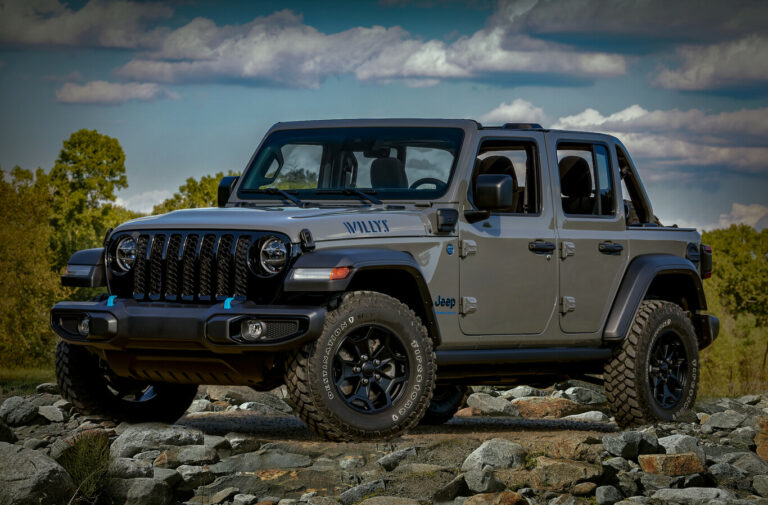3.8L Jeep Engine For Sale: Your Comprehensive Guide to Reviving Your JK Wrangler
3.8L Jeep Engine For Sale: Your Comprehensive Guide to Reviving Your JK Wrangler jeeps.truckstrend.com
The iconic Jeep Wrangler JK (2007-2011/2012 models) holds a special place in the hearts of off-road enthusiasts and daily drivers alike. Its rugged capability, open-air freedom, and distinctive styling make it a coveted vehicle. At the heart of many of these beloved JKs lies the 3.8-liter EGH V6 engine. While known for its simplicity and reliability, like any mechanical component, it eventually reaches the end of its life, prompting owners to search for a "3.8L Jeep Engine For Sale."
This comprehensive guide is designed for anyone considering purchasing a replacement 3.8L engine, whether your current one has succumbed to wear and tear, suffered an unfortunate failure, or you’re simply looking to breathe new life into your cherished JK. We’ll explore everything from understanding the engine itself to navigating the buying process, ensuring you make an informed and confident decision.
3.8L Jeep Engine For Sale: Your Comprehensive Guide to Reviving Your JK Wrangler
Understanding the 3.8L EGH Engine: The Heart of Your JK
The 3.8L EGH V6 engine, often referred to as the Chrysler 3.8L minivan engine due to its origins, served as the primary powerplant for the Jeep Wrangler JK from its introduction in 2007 until it was replaced by the 3.6L Pentastar engine in late 2011 for the 2012 model year (though some early 2012s might still have the 3.8L). It’s an overhead valve (OHV) V6, known for its straightforward design, which contributes to its reputation for durability and ease of maintenance.
Key Specifications:
- Displacement: 3.8 liters (231 cubic inches)
- Configuration: V6, OHV
- Horsepower (Stock): Approximately 202 hp at 5,000 rpm
- Torque (Stock): Approximately 237 lb-ft at 4,000 rpm
- Fuel Economy: Generally in the 15-20 MPG range, depending on configuration and driving style.
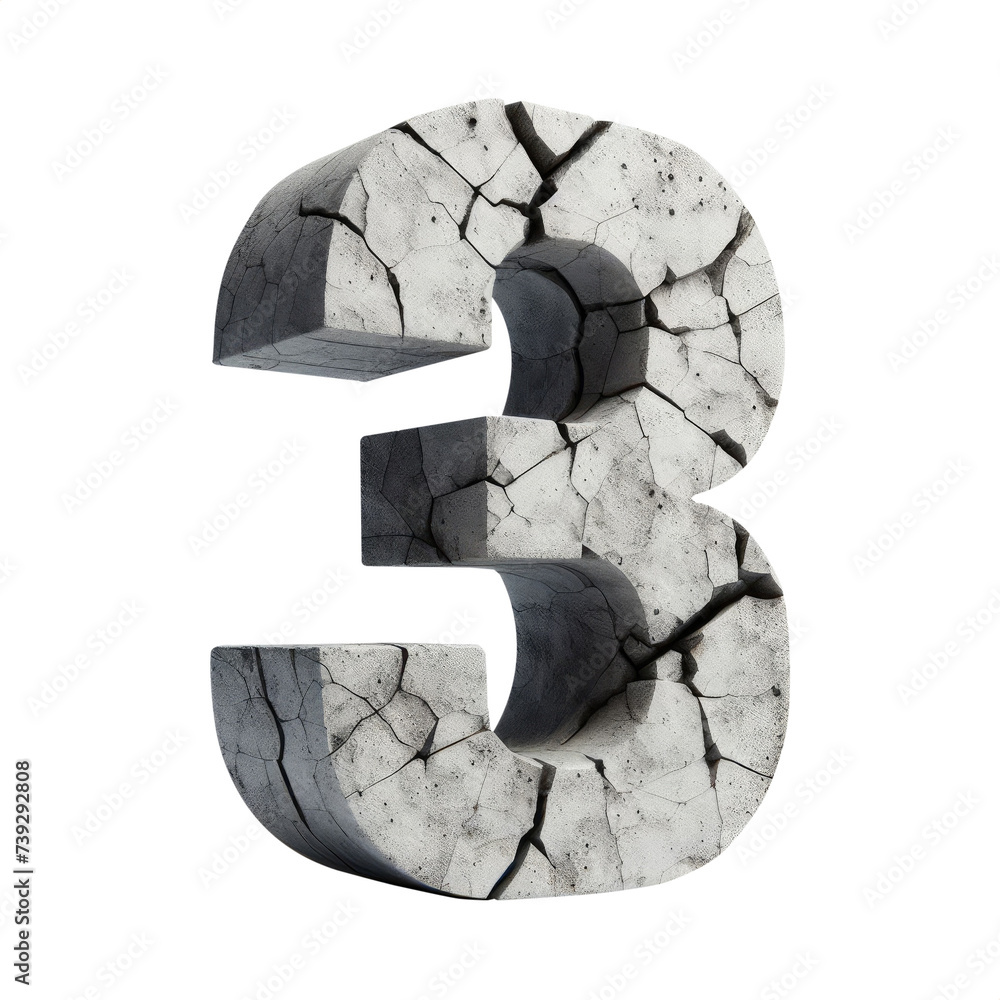
While some critics point to its relatively modest power output compared to modern engines, the 3.8L is a workhorse. Its torque curve is well-suited for off-road crawling, and its robust construction means it can endure significant mileage if properly maintained. Common issues, such as oil consumption or minor leaks, are often manageable, but severe internal damage or catastrophic failure necessitates a replacement.
Why Buy a 3.8L Jeep Engine? Replacement, Not Just an Option
The primary reason most individuals seek a "3.8L Jeep Engine For Sale" is for direct replacement. When your original engine experiences:

- Catastrophic Failure: Rod knock, spun bearings, cracked block, or severe overheating can render an engine irreparable or economically unfeasible to rebuild.
- Excessive Oil Consumption: While some oil consumption is normal, extreme consumption (e.g., a quart every 500-1000 miles) can indicate worn piston rings or valve seals, leading to costly repairs.
- High Mileage Wear: After hundreds of thousands of miles, components simply wear out, leading to reduced compression, power loss, and persistent issues.
- Unforeseen Damage: Accidents, hydro-locking, or poor maintenance can cause irreversible damage.
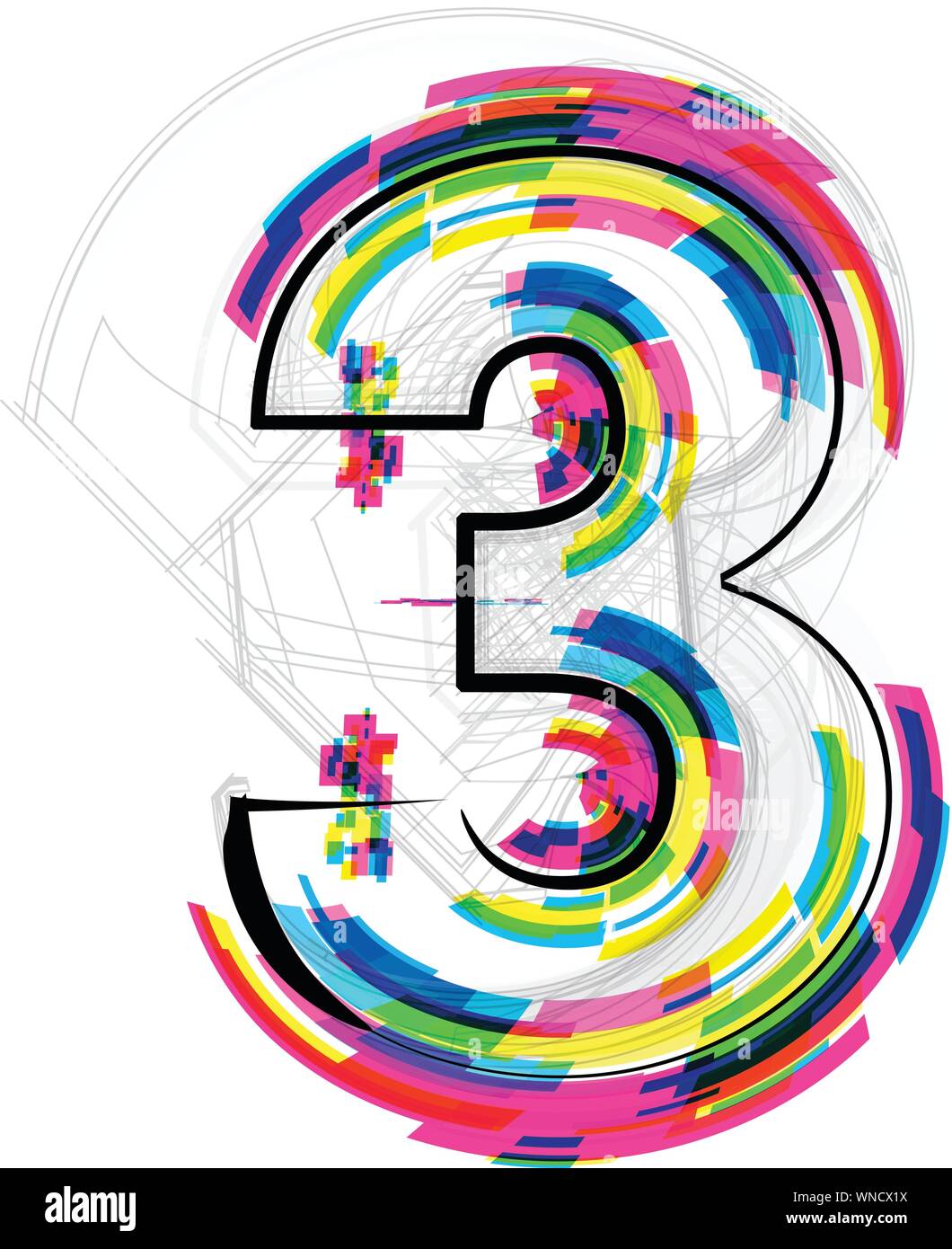
For JK owners who love their vehicle and want to avoid the cost of a new car, replacing the engine is a highly cost-effective solution. It allows you to retain your customized build, avoid new vehicle depreciation, and continue enjoying your existing setup. While engine swaps to more powerful units like the Hemi or LS are popular, they are significantly more complex and expensive. For most, a direct 3.8L replacement is the most practical path.
Types of 3.8L Jeep Engines For Sale: Choosing Your Path
When searching for a replacement engine, you’ll encounter several categories, each with its own advantages and disadvantages:
-
Used Engines (Salvage/Junk Yard):
- Pros: Most affordable option. Can be a good choice if you find one from a low-mileage, accident-damaged vehicle.
- Cons: Unknown history is the biggest risk. You won’t know how it was maintained, if it was abused, or its true internal condition. Warranties are typically very limited (e.g., 30-90 days) or non-existent.
- Best For: Those on a tight budget willing to accept higher risk, or those looking for components rather than a complete engine.
-
Remanufactured/Rebuilt Engines:
-
Pros: The best balance of cost and reliability. These engines have been disassembled, inspected, and critical components (pistons, rings, bearings, gaskets, seals, valve guides, etc.) are replaced with new or reconditioned parts. They often come with a substantial warranty (1-3 years, unlimited mileage). They are essentially "like new" inside.
-
Cons: More expensive than used engines.
-
Best For: Most buyers seeking a reliable, long-term solution with peace of mind.
-
Note on "Rebuilt" vs. "Remanufactured": While often used interchangeably, "remanufactured" generally implies a more thorough process, adhering to OEM specifications, and often includes machining of the block and heads, not just replacing worn parts. Always clarify the process with the seller.
-
-
New Crate Engines:
- Pros: Brand new, zero miles, factory warranty.
- Cons: Extremely rare for the 3.8L EGH engine now, as production ceased years ago. If found, they would be significantly more expensive.
- Best For: Theoretical ideal, but practically unavailable for this specific engine.
-
Long Block vs. Short Block:
- Short Block: Consists of the engine block, crankshaft, connecting rods, and pistons. It’s the core of the engine.
- Long Block: Includes the short block plus cylinder heads, camshaft, and valve train components. It’s usually ready to accept your existing intake manifold, exhaust manifolds, and accessories.
- Best For: A long block is generally the preferred choice for a direct replacement as it significantly reduces labor time and the need to transfer many components from your old engine, which might also be worn. A short block is for those who are certain their heads and valve train are in excellent condition.
Key Considerations When Purchasing Your 3.8L Jeep Engine
Buying an engine is a significant investment. Diligence is key to a successful purchase:
-
Source and Seller Reputation:
- Reputable Remanufacturers: Companies specializing in remanufactured engines often have rigorous quality control and offer solid warranties. Look for reviews and industry certifications.
- Salvage Yards: If going used, choose a yard with a good reputation and clear return policies. Ask for the donor vehicle’s VIN.
- Online Marketplaces (eBay, Craigslist): Exercise extreme caution. Private sellers offer little recourse if issues arise. Always inspect in person if possible.
-
Warranty: This is paramount, especially for used or remanufactured units. Understand what it covers (parts, labor, towing?), its duration, and any conditions (e.g., professional installation required, specific fluids used). A 1-year/unlimited mileage warranty is a good baseline for remanufactured engines.
-
Mileage and Condition (for Used Engines):
- Ask for Proof: Request documentation of mileage (e.g., from the donor vehicle’s odometer reading).
- Visual Inspection: Look for signs of severe leaks, damage, rust, or previous tampering. Check for sludge under the oil cap or in the valve covers.
- Compression Test: If possible, ask for a compression test report or perform one yourself if inspecting in person.
- Running Video: For used engines, a video of the engine running before removal from the donor vehicle is invaluable.
-
Completeness: Clarify what’s included. Is it a bare long block, or does it come with intake, exhaust manifolds, throttle body, sensors, or even accessories like the alternator, power steering pump, and A/C compressor? Generally, a long block is what you’re buying, and you’ll transfer your accessories.
-
Shipping and Logistics: Engines are heavy. Factor in shipping costs and delivery time. Ensure the seller packages it securely to prevent damage in transit. Confirm who is responsible for freight damage.
-
Compatibility: While the 3.8L is largely consistent across its JK years, always double-check the year range and any specific part numbers to ensure it’s a perfect fit for your vehicle.
The Buying Process: A Step-by-Step Guide
- Diagnose and Determine Needs: Confirm your current engine is indeed beyond repair and decide whether a used or remanufactured long block is the best option for your budget and risk tolerance.
- Set a Budget: Factor in the engine cost, shipping, and professional installation (if applicable), plus any new fluids, filters, and potentially new sensors or accessories.
- Research Reputable Sellers: Start with well-known remanufacturers or highly-rated salvage yards. Read reviews and check their Better Business Bureau ratings.
- Ask Detailed Questions: Don’t hesitate to ask about mileage, donor vehicle VIN, full warranty terms, what components are included, and shipping details. Get everything in writing.
- Inspect (or Have Inspected): If buying used locally, inspect the engine thoroughly. If buying online, ask for detailed photos and videos.
- Understand Policies: Know the return policy, warranty claim process, and what happens if the engine is damaged during shipping.
- Finalize Purchase: Use secure payment methods.
Installation Tips and Post-Purchase Advice
Unless you are an experienced mechanic with the right tools, professional installation is highly recommended. Engine replacement is a complex job that requires specialized knowledge and equipment.
Post-Installation Tips:
- New Fluids: Always use fresh engine oil, coolant, and power steering fluid.
- New Filters: Replace the oil filter, air filter, and fuel filter.
- New Components: Consider replacing spark plugs, wires, and potentially critical sensors (crankshaft position sensor, camshaft position sensor, oxygen sensors) if they were not included or are old.
- Break-In Procedure (for Remanufactured Engines): Follow the manufacturer’s recommended break-in procedure. This often involves specific initial driving habits to allow piston rings to seat properly.
- Monitor Closely: For the first few hundred miles, pay close attention to fluid levels, unusual noises, warning lights, and any signs of leaks. Address any issues immediately.
- Regular Maintenance: Adhere to the factory maintenance schedule, especially for oil changes, to ensure the longevity of your newly installed engine.
3.8L Jeep Engine For Sale: Estimated Price Table
Prices can fluctuate based on supply, demand, seller, and specific condition. These are general estimates:
| Engine Type/Condition | Estimated Price Range (USD) | Typical Warranty | Notes |
|---|---|---|---|
| Used Engine (High Mileage) | $800 – $1,500 | 30-90 days, parts only | Highest risk, unknown history. Best for parts or very tight budgets. |
| Used Engine (Low Mileage) | $1,500 – $2,500 | 90-180 days, parts only | Better chance of reliability, but still a gamble. Verify mileage. |
| Remanufactured Long Block | $2,800 – $4,500 | 1-3 years, unlimited mi | Best value for reliability and peace of mind. Most common purchase. |
| Remanufactured Complete | $4,000 – $6,000+ | 1-3 years, unlimited mi | Includes more accessories, less common. Check what’s truly included. |
| Installation Cost (Labor) | $1,500 – $3,000 | Varies by shop | This is separate from the engine cost. |
Note: These prices are estimates only and do not include shipping costs, core charges (if applicable), or installation labor. Always get multiple quotes.
Frequently Asked Questions (FAQ)
Q: What years did the 3.8L come in the Jeep JK Wrangler?
A: The 3.8L EGH engine was used in Jeep Wrangler JK models from 2007 to 2011. Some early 2012 models might also have it, but the 3.6L Pentastar became standard for 2012.
Q: Is the 3.8L a good engine?
A: It’s a reliable, durable engine known for its simplicity. While not a powerhouse, its torque is well-suited for off-roading. Its main criticisms are its relative lack of horsepower compared to newer engines and sometimes higher oil consumption in older units.
Q: How much does it cost to replace a 3.8L engine?
A: The total cost can range from $2,500 (for a used engine installed by yourself) to $7,000+ (for a remanufactured engine professionally installed, including fluids and incidentals).
Q: Should I buy a used or remanufactured 3.8L?
A: For most buyers seeking reliability and peace of mind, a remanufactured engine is the better investment due to its thorough overhaul process and comprehensive warranty. Used engines are riskier but cheaper.
Q: What’s the difference between a long block and a short block?
A: A short block includes the engine block, crankshaft, rods, and pistons. A long block adds the cylinder heads, camshaft, and valve train, making it a more complete engine that requires fewer components transferred from your old engine.
Q: Does a 3.8L engine come with a warranty?
A: Used engines typically have very limited (30-90 day) or no warranties. Remanufactured engines usually come with a significant warranty (1-3 years, unlimited mileage) from the remanufacturer. Always confirm the warranty terms before purchasing.
Q: Can I install a 3.8L engine myself?
A: Engine replacement is a complex task requiring specialized tools, mechanical knowledge, and often a hoist. While possible for experienced DIY mechanics, professional installation is recommended for most individuals to ensure proper function and warranty validity.
Conclusion
Finding a "3.8L Jeep Engine For Sale" can seem daunting, but with the right knowledge and a methodical approach, you can successfully replace your worn-out powerplant and extend the life of your beloved Jeep Wrangler JK. By understanding the different types of engines available, scrutinizing sellers, prioritizing warranties, and planning for professional installation, you can make an informed decision that gets you back on the road—or off the beaten path—with confidence. Your JK has many more adventures left in it, and a fresh 3.8L engine is the key to unlocking them.


